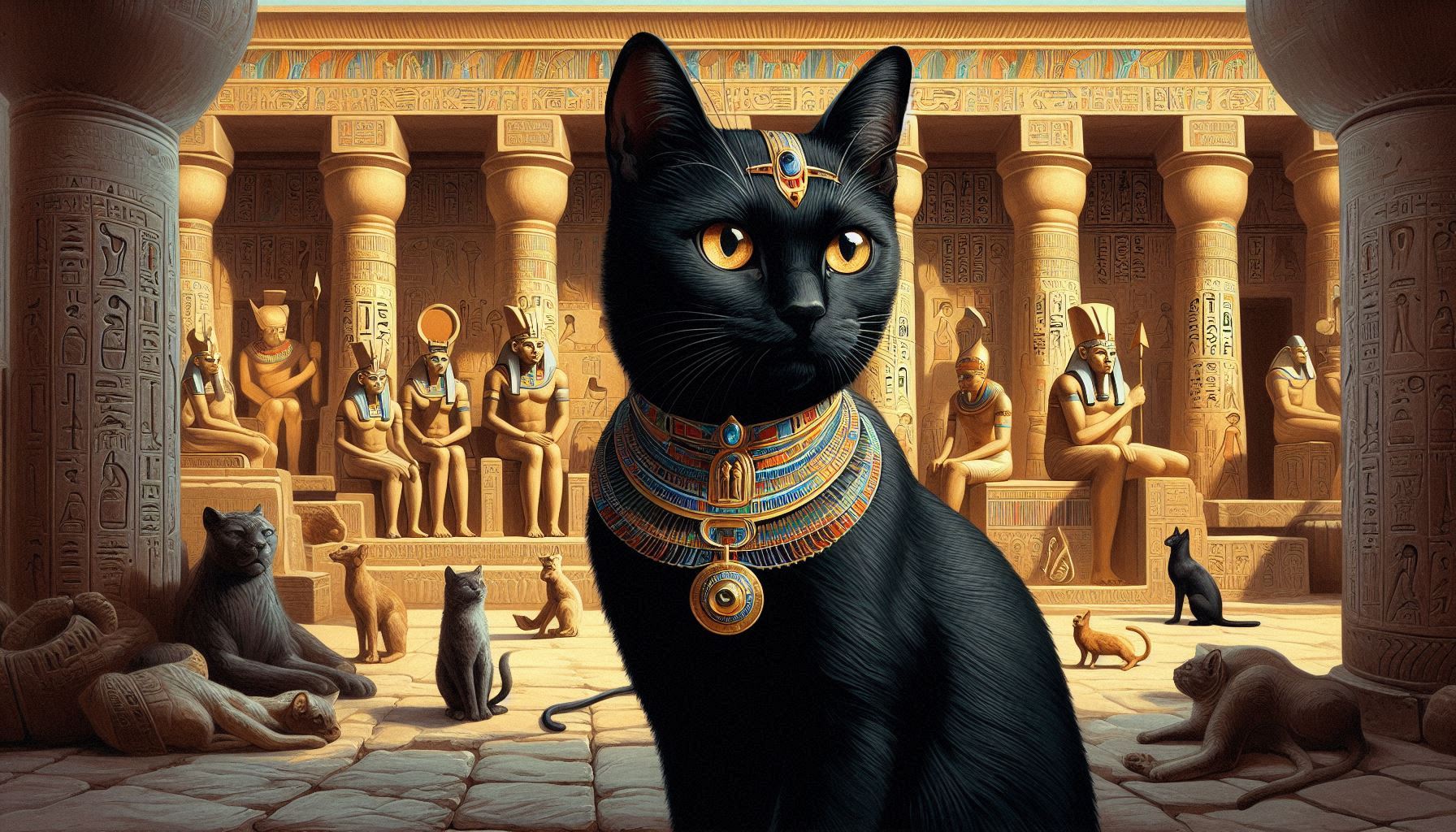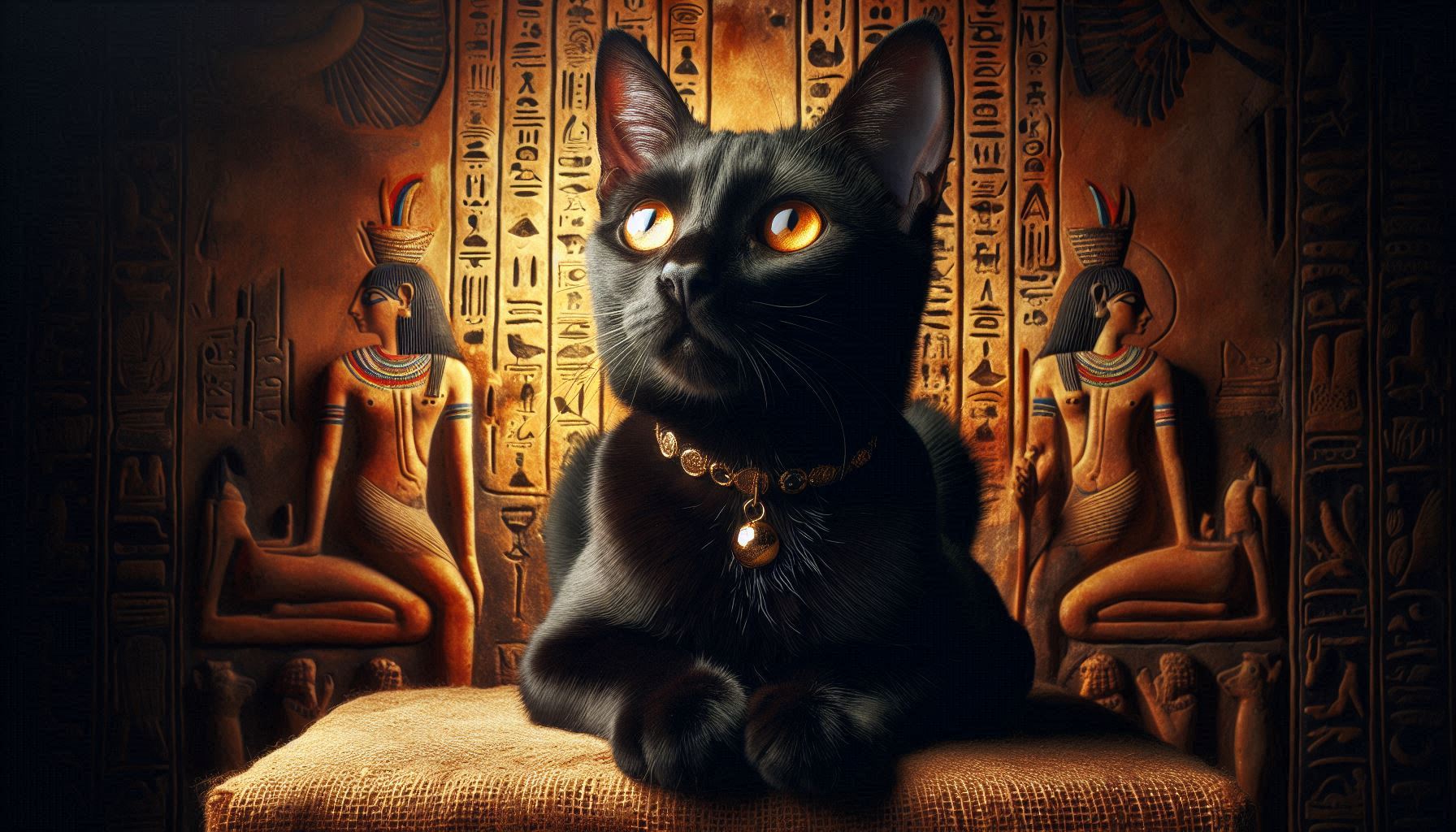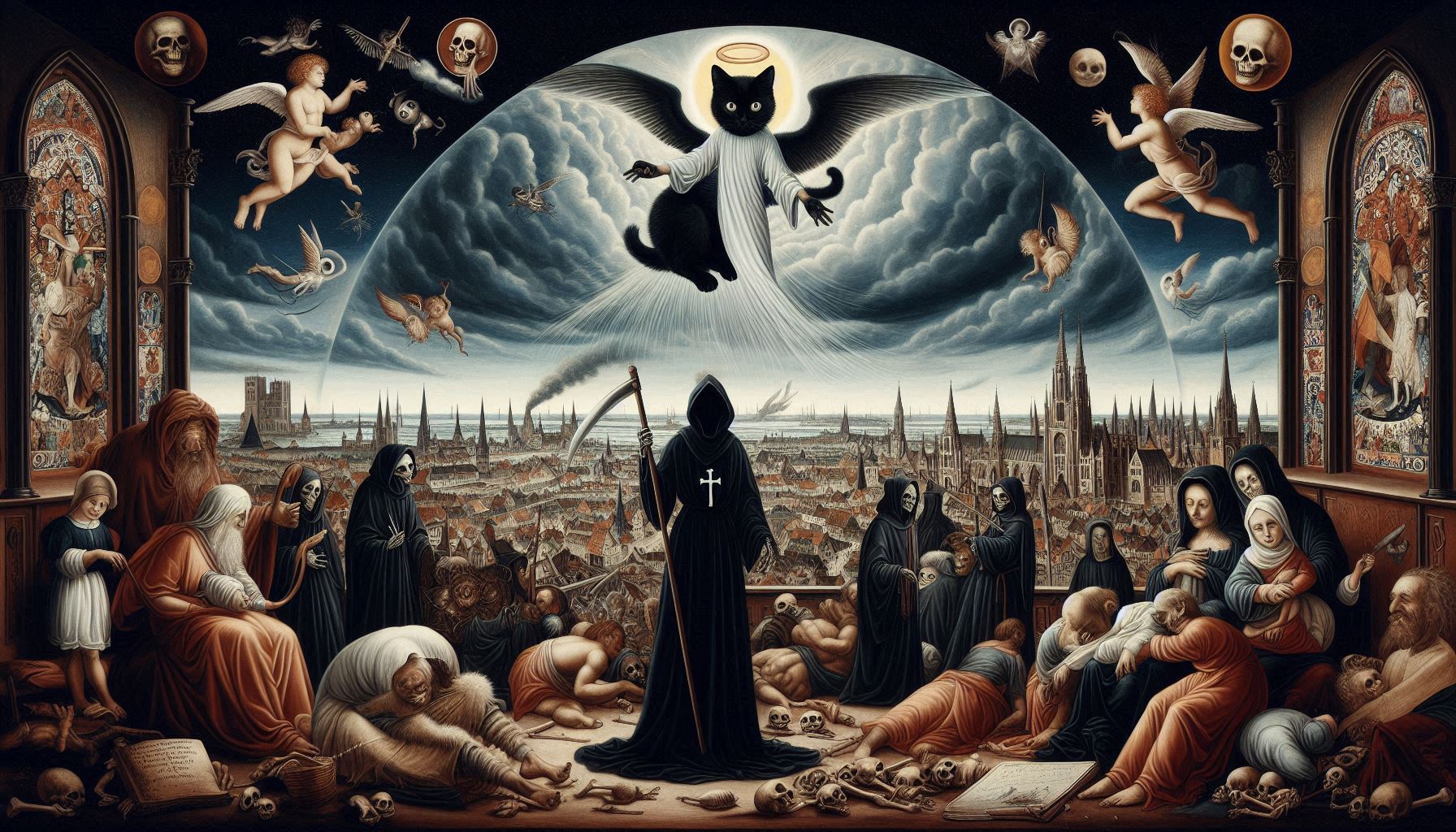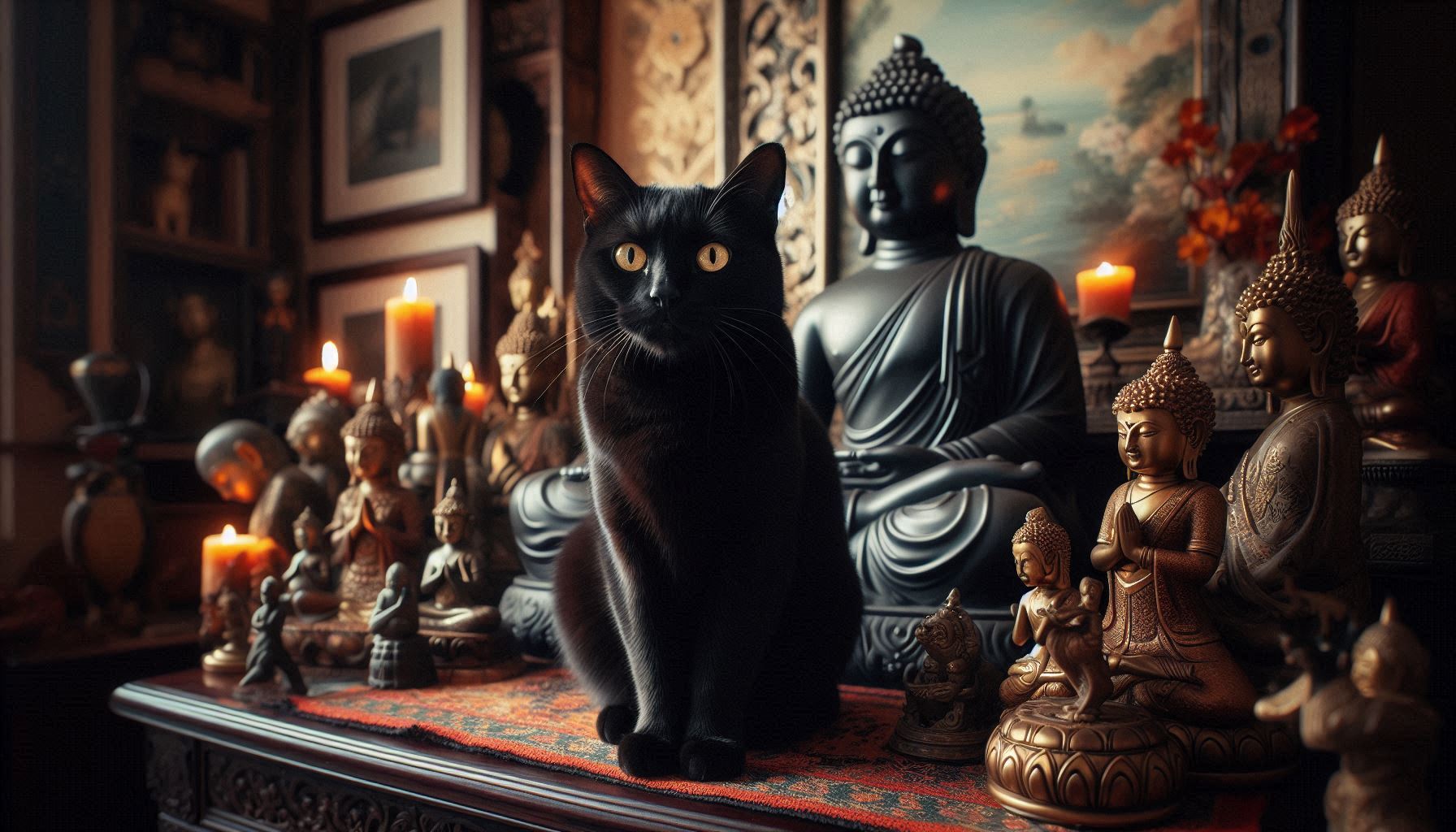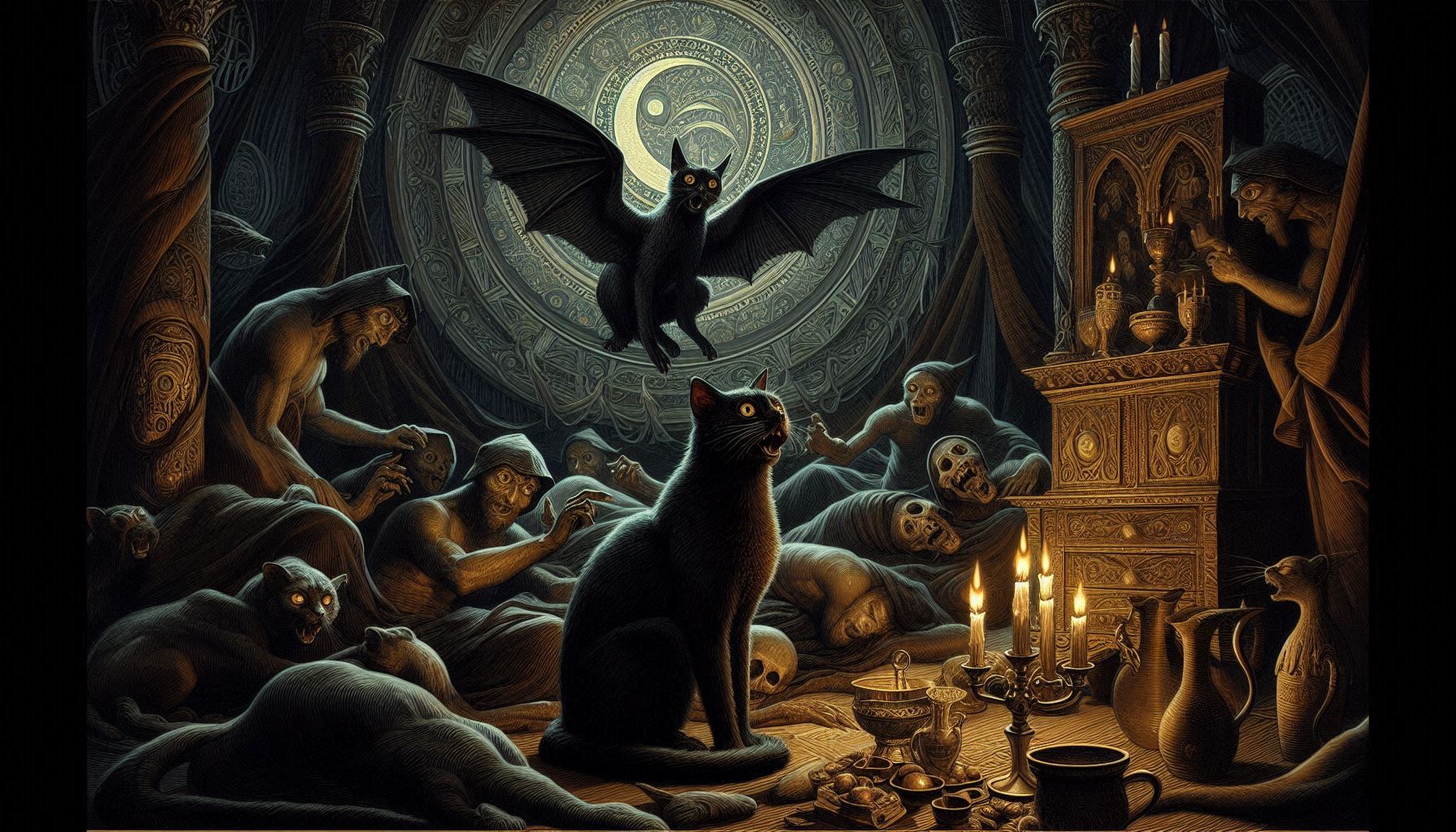Origins of Cat Domestication
Cats were domesticated around 9,000 to 10,000 years ago in the Middle East's Fertile Crescent, where early agricultural societies emerged. Grain storage attracted rodents, and wild cats followed, naturally controlling the pest population. Humans recognized their value and gradually domesticated them. Unlike dogs, cats were domesticated more passively, retaining much of their independence and wild behavior due to their usefulness.
